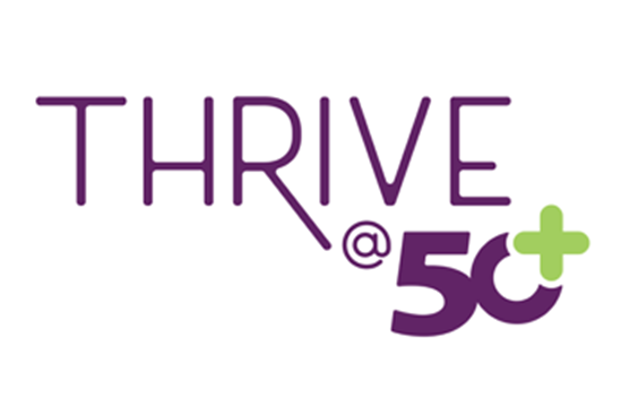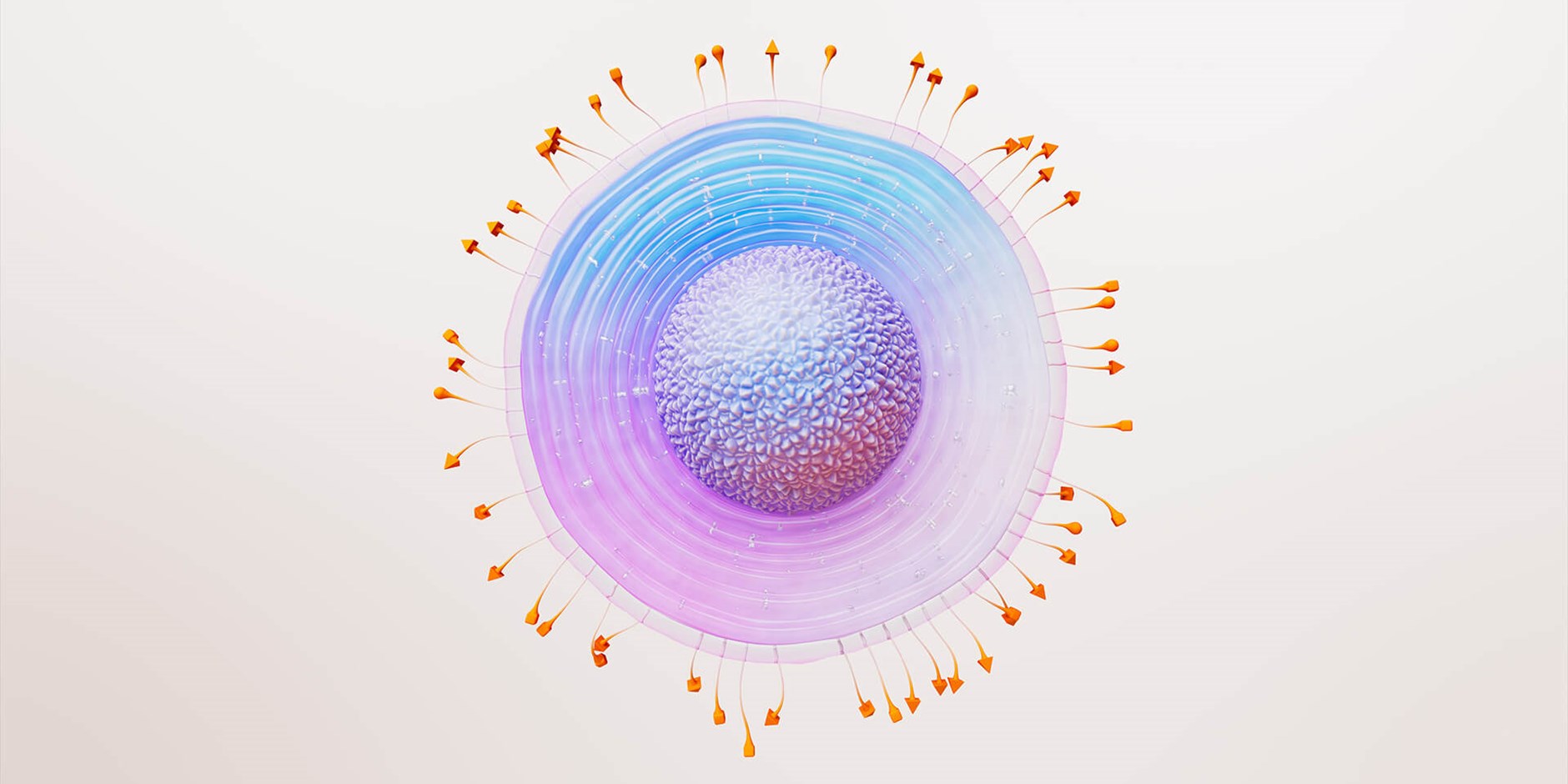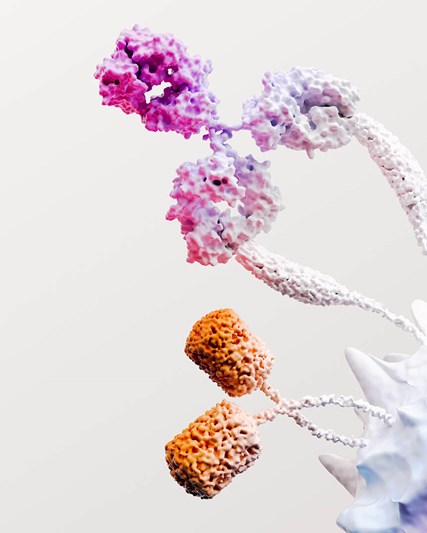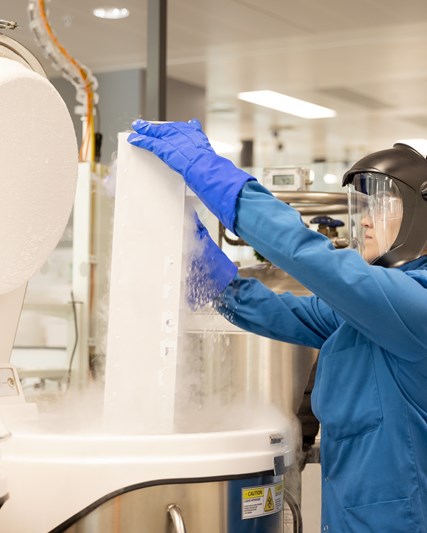What is shingles (herpes zoster)?
- Shingles is caused by varicella zoster virus (VZV), the same virus that causes chickenpox.1
- Shingles typically presents as a painful rash that develops on one side of the face or body. 1
- Although shingles and chickenpox are caused by the same virus, they are not the same disease. Chickenpox, or varicella, usually affects children. 2 Following chickenpox, the varicella zoster virus (VZV) remains dormant in the nervous system. Shingles results from a re-activation of the virus long after the chickenpox illness has disappeared.2
- Even if you have an active, healthy lifestyle in your 50s, you can still be at risk for shingles.3
What are the symptoms of shingles?
- Shingles typically presents as a painful, itchy rash that develops on one side of the body and can last for two to four weeks.1 The pain is often described as aching, burning, stabbing or shock-like.4
- Once the rash is gone, some people have experienced what is known as post-herpetic neuralgia (PHN), a painful condition that can last for several months, and in some rare cases, up to several years.5
- PHN is the most common complication of shingles and occurs in anywhere from 10% to 18% of people who have had the disease.5
- Due to the physical pain and visible rashes caused by shingles, getting it can significantly disrupt a person’s day-to-day activities for up to several weeks.1
Who is at risk for shingles?
- Due to the natural aging of our immune systems, adults 50 years and older are at increased risk for shingles3 – 1 in 3 will develop the disease in their lifetime.1
- People who are immunocompromised due to certain medical conditions or medications are also at increased risk of developing shingles. 6

THRIVE@50+ is a national public health initiative to educate people age 50+ about their risk for shingles due to the natural aging of the immune system, and the impact the disease can have on everyday life. We encourage people 50+ to understand how they can help prevent shingles, like asking their doctor or pharmacist about their risk of shingles and vaccination, so they can stay ahead of this health challenge and continue to thrive.
Join our ThriveAt50+ Facebook community.
How is shingles diagnosed and treated?
- In most patients, shingles can be diagnosed by a healthcare provider from the characteristic painful, itchy rash that it causes.7 It is typically treated with oral antivirals and, if necessary, corticosteroids and/or analgesics for pain management.8
Is shingles contagious?
- For those who have had chickenpox, social contact is not a precursor for getting shingles since the shingles virus is already inside of you.1
- That being said, if someone comes into direct contact with the fluid from the rash blisters, VZV can be spread and they run the risk of developing chickenpox, if they never had it or received the chicken pox vaccine.6
What can I do to avoid getting shingles?
- We encourage all adults 50+ to speak to their doctor or pharmacist to learn more about preventative steps – such as vaccination – to reduce their risk of shingles.
Shingles can disrupt your life, but there are steps you can take to reduce your risk. Talk to your doctor or pharmacist today about vaccination.
References
1 About Shingles. Available at: https://www.cdc.gov/shingles/about/symptoms.html. Accessed July 2022.
2 Nair PA, Patel BC. Herpes Zoster (Shingles) [Updated 2021 Nov 2]. In: StatPearls [Internet]. Treasure Island (FL): StatPearls Publishing; 2020 Jan. Available at: https://www.ncbi.nlm.nih.gov/books/NBK441824/
3 Weinberg A, et al. Influence of age and nature of primary infection on varicella-zoster virus-specific cell-mediated immune responses. The Journal of infectious diseases, 201(7), 1024-1030. Available at: https://academic.oup.com/jid/article/201/7/1024/807004
4 Prevention of Herpes Zoster: Recommendations of the Advisory Committee on Immunization Practices (ACIP). Available at: https://www.cdc.gov/mmwr/preview/mmwrhtml/rr5705a1.htm. Accessed July 2022.
5 Shingles (Herpes Zoster): Complications. Available at: https://www.cdc.gov/shingles/about/complications.html. Accessed July 2022.
6 Shingles (Herpes Zoster): Transmission https://www.cdc.gov/shingles/about/transmission.html. Accessed July 2022.
7 Shingles (Herpes Zoster): Diagnosis & Testing. Available at: https://www.cdc.gov/shingles/hcp/diagnosis-testing.html. Accessed July 2022.
8 Shingles (Herpes Zoster): Treating Shingles. https://www.cdc.gov/shingles/about/treatment.html. Accessed July 2022.




